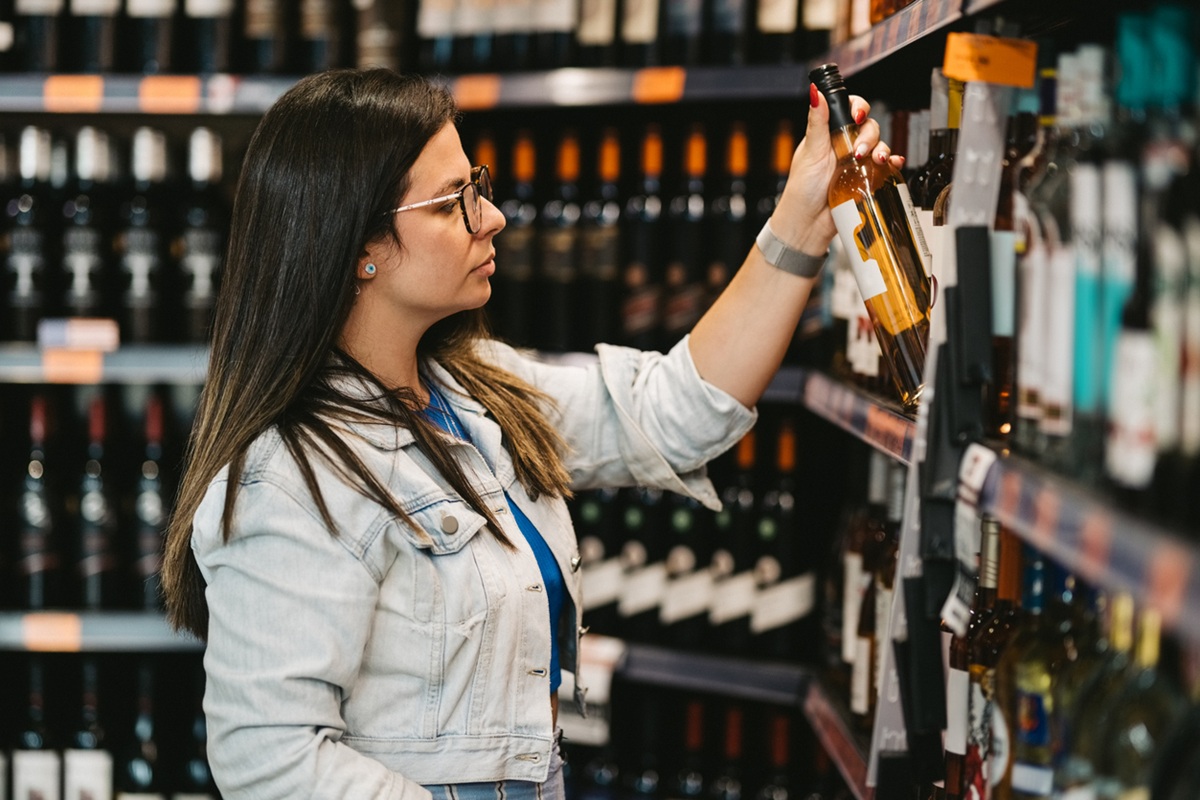Industry data and intelligence analyst, IWSR, has outlined the six global trends shaping the beverage alcohol sector in 2025, from selective premiumisation to shifting drinking occasions, digital disruption, and mounting external pressures.
The insights come from the IWSR Global Trends Report 2025, a 90-page analysis that breaks down consumer behaviours, market dynamics and category performance across key regions.
Selective premiumisation
Premiumisation continues to drive growth, but in a more fragmented manner as cost-of-living pressures continue to influence consumer decision-making. Premium-and-above volumes (excluding national spirits) grew three per cent in 2024, with strongest gains in South America, Asia plus Africa and the Middle East.
Health concerns and tighter budgets mean many consumers are drinking less, but opting for higher quality when they do. This ‘selective premiumisation’ is evident in cocktail culture, where unique experiences and RTD innovation are pushing growth – RTD cocktail and long drink volumes are forecast to double globally between 2019 and 2029.
Emily Neill, COO Research at IWSR said: “As premiumisation becomes increasingly fragmented, brand owners must invest in monitoring consumer sentiment and data to identify emerging growth areas.
“Gaining a clear understanding of the dynamics between categories and the drivers of premiumisation will be key to unlocking new opportunities.”
Evolving lifestyles
Economic pressures and changing priorities continue to reshape drinking habits, particularly in the US and China. Moderation and lower consumption are increasingly becoming a sustained lifestyle choice. Consumers are also favouring at-home and virtual social occasions, while tourism is bouncing back – with travel retail volumes up three per cent last year.
“To navigate economic pressures and shifting consumer behaviours, brands should offer value-driven products, craft immersive tourism experiences, and embrace and capitalise digital engagement,” says Neill.
Digital and tech
E-commerce remains a key growth channel, rising two per cent globally in 2024 and four per cent in Asia-Pacific. Direct-to-consumer models are helping brands bypass distribution barriers, while affordability and convenience drive engagement in emerging markets.
The IWSR also said that social media influencers and celebrities are still a decision-drievr for legal-age consumers, with mixed results for celebrity-backed labels but strong potential for RTDs.
Neill said: “Convenience and speed continue to be vital to e-commerce success, with emerging markets offering strong growth potential.
“Ultimately, convenience will remain a cornerstone of any effective strategy.”
Social drinking
Cost-of-living and affordability pressures are reshaping social occasions, with early-evening, lower-tempo moments such as aperitivo gaining ground. The on-trade faces headwinds from higher taxes and weaker consumer spending, while at-home drinking continues to grow. In some regions, ‘third spaces’ such as DIY home bars are proliferating.
“Grasping evolving consumption occasions is essential in today’s marketplace,” Neill says. “Tapping into lower-tempo, early evening moments presents clear opportunities. A strong cocktail offering is now crucial, and there’s still potential in appealing to consumers who prioritise both value and quality.”
Health and ethics
Moderation trends are deepening, with what the IWSR described as ‘zebra striping’ (switching between full-strength and no-alcohol options) gaining popularity. Non-alcoholic volumes rose nine per cent globally in 2024, led by beer but with other categories accelerating.
Cultural identity and sustainability are also shaping choices, with Indian Single Malts now outselling Scotch at home, and younger consumers continuing to associate sustainability with quality.
Neill said that while economic demands are still driving a lot of consumer decisions, ethical and local factors are proving important for many consumers.
“As moderation evolves, brand owners must reassess how they compete, including addressing the diverse motivational and demographic changes,” she said.
“Despite economic pressure, credentials like sustainability and local origins still offer tangible opportunities, and should not be underestimated.”
External pressures
The IWSR also said that geopolitical instability, regulatory tightening and shifting consumer spending priorities continue to weigh on the industry. Consumers are allocating more spend to essentials, while alcohol faces increased public health messaging and, in some markets, new trade barriers.
Neill said: “With uncertainty likely to persist, brand owners should adopt contingency strategies, review supply chains and explore emerging markets for growth opportunities.
“Monitoring public health messaging and legislative changes will continue to be essential for global operators navigating geopolitical and regulatory challenges.”

